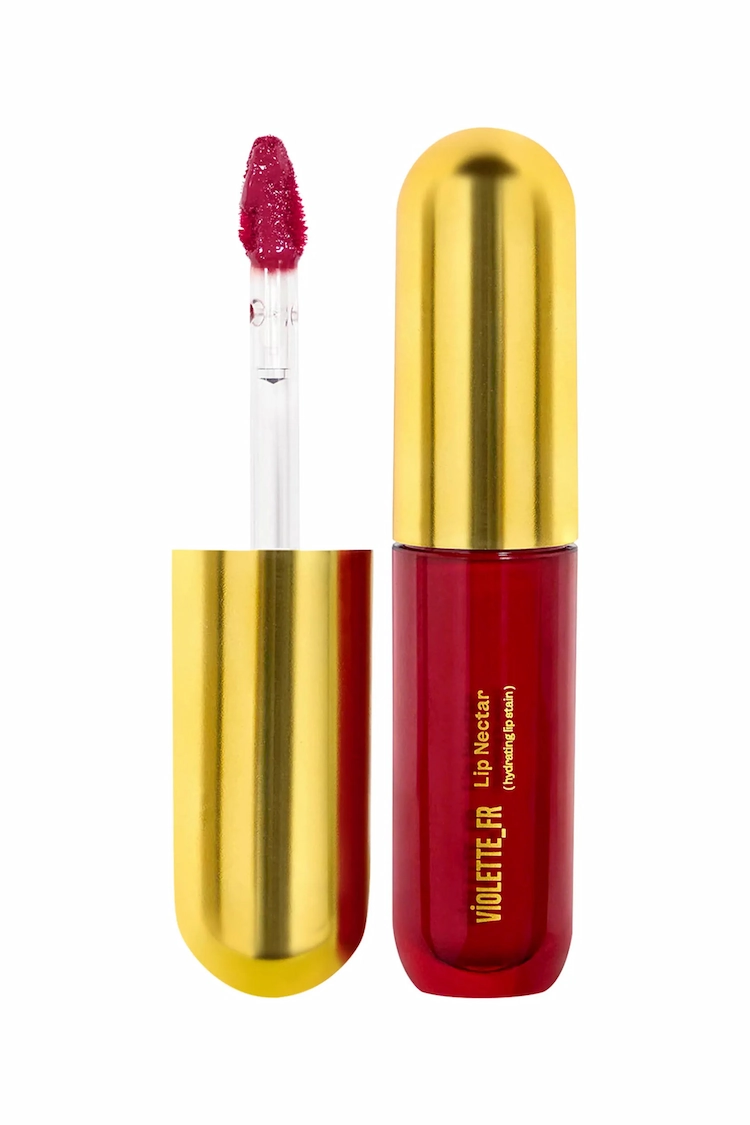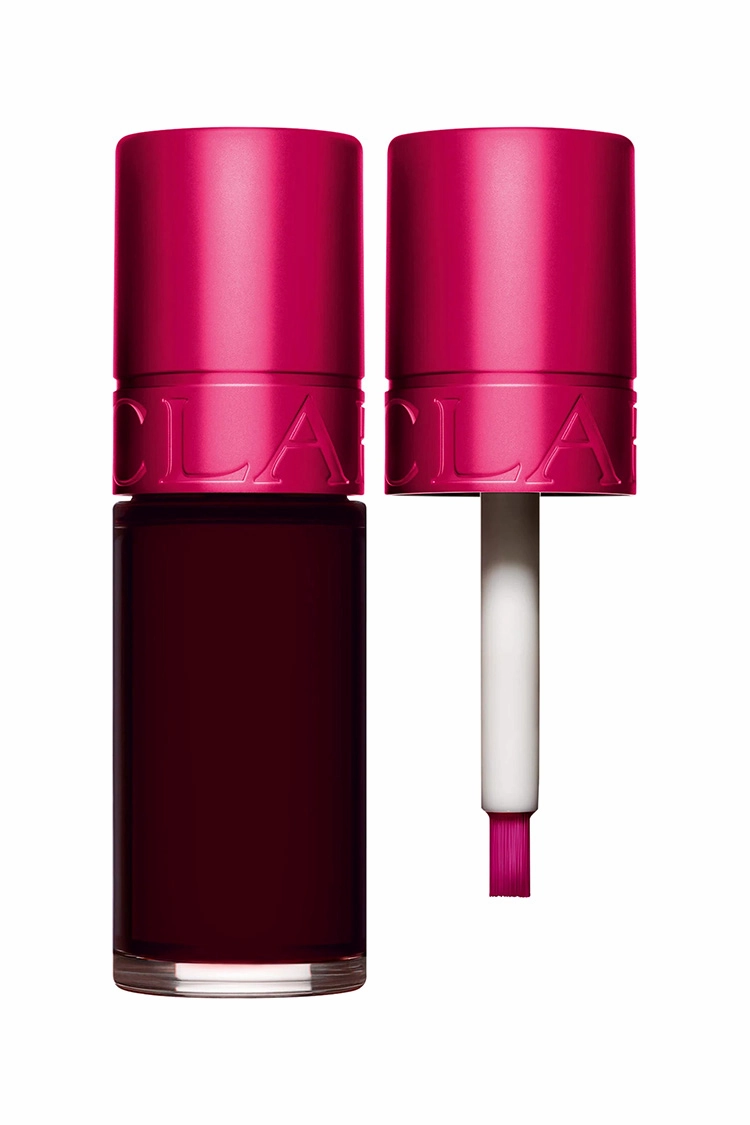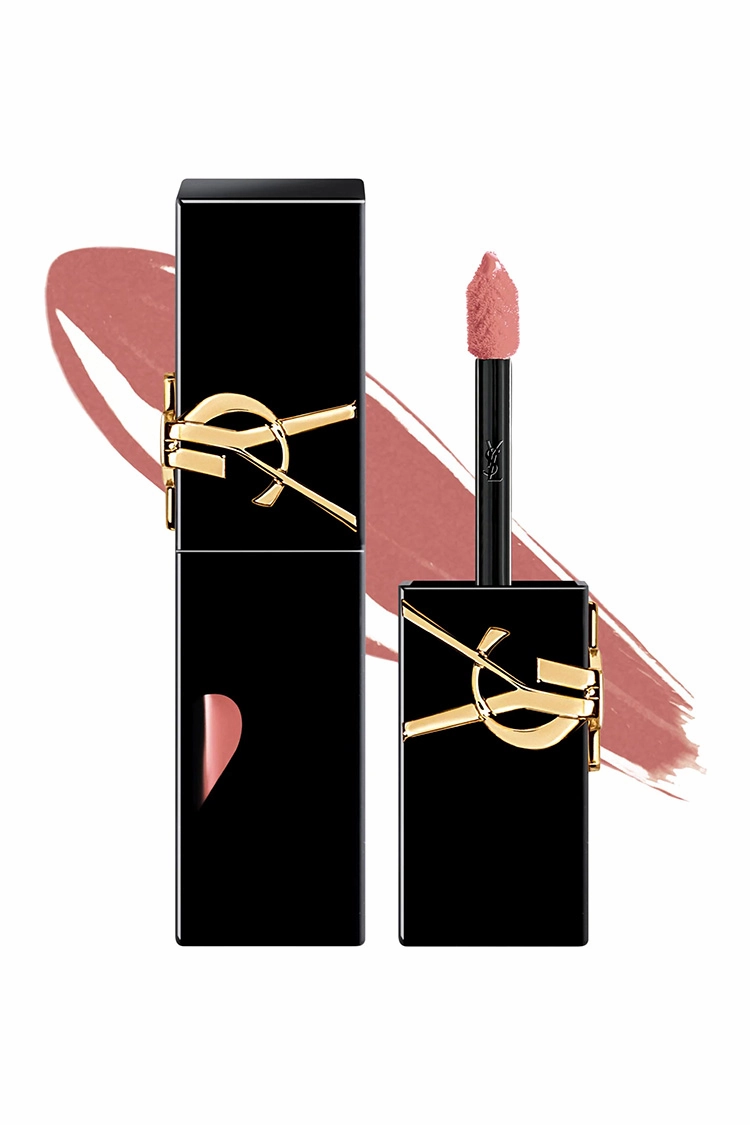
We thoroughly assess all products before recommending them. We may be compensated if you choose to buy through links on our site.
Question: Is Lip Stain Bad for Your Lips?
Answer: Lip Stain is not inherently bad for your lips, but they can be drying due to their formulations, often containing alcohol. To prevent chapping, properly exfoliate and moisturize lips before and after application. With proper care, they are generally safe to use.
The Truth About Your Long-Lasting Lip Color
You love the look of a perfectly flushed pout that lasts through morning coffee and afternoon meetings. Lip stains deliver that incredible staying power. They offer a vibrant, just-bitten look without the thick, waxy feel of traditional lipstick. You apply it once and forget about it for hours. This convenience has made lip stains a staple in many makeup bags. However, a question often arises about this beauty favorite. Many people wonder, is lip stain bad for your lips? The product’s unique formula, which sinks into the top layers of your skin instead of sitting on top, is the source of its longevity and also the source of concern. The very properties that make it last can also have some unwanted side effects.
We will explore the ingredients, effects, and best practices for using this popular product. You can enjoy the benefits of a long-wear lip color while keeping your lips healthy and hydrated. Understanding how these products work is the first step to using them correctly and avoiding any potential damage. We will investigate the common ingredients in lip stains and explain their functions. This information will help you make informed choices about the products you add to your beauty routine.

Best Lip Stain
Lip Stain
From gentle toning to intense color correction, these lip stains offer targeted solutions for blonde and highlighted hair...
Deconstructing Lip Stain Formulas
To understand if a lip stain is bad for your lips, we must first look at its ingredients. A typical lip stain formula is quite different from a lipstick or a lip gloss. The base is usually a liquid or gel, which contains a solvent to keep the product fluid in the tube. This solvent is often a type of alcohol, such as denatured alcohol. Alcohol helps the product apply smoothly and dry down quickly, leaving only the color behind. While effective, alcohol is also a primary reason stains can be drying. The color itself comes from synthetic dyes or natural pigments. These colorants are designed to temporarily tint the upper layers of your lip’s skin. This process is what gives the stain its impressive longevity. Some formulas also include film-formers, which create a thin layer over the color to help it last even longer. Here are some common ingredients and their roles:
-
Water and Solvents
Water often serves as the base, while solvents like alcohol help dissolve the dyes and ensure a quick-drying finish. The evaporation of these liquids is what can lead to a dry feeling on the lips. -
Colorants
These are the pigments and dyes that provide the color. Common examples include D&C Red No. 27 or FD&C Yellow No. 5. The safety of these dyes is regulated, but some people can have sensitivities to specific colorants. -
Humectants
To counteract the drying effect of alcohol, many brands add humectants. Ingredients like glycerin or propylene glycol attract moisture. They work to pull hydration from the air into your lips, though their effectiveness can vary depending on the formula’s overall composition. -
Plant Extracts and Oils
Newer formulations often contain beneficial ingredients. You might find aloe vera, jojoba oil, or flower extracts. These additions provide soothing and moisturizing properties to help care for your lips while you wear the stain.
The balance of these ingredients determines the product’s performance and its effect on your lips. A formula with a high concentration of alcohol and few moisturizing elements is more likely to cause dryness than one packed with humectants and natural oils.
Related Article: What Does a Lip Stain Do?
Related Article: All About Lip Stain
The Dehydration Dilemma of Lip Stains
The most common complaint about lip stains is their tendency to cause dryness. This issue directly relates to their formulation. Many lip stains use alcohol as a primary solvent because it helps the color apply evenly and set quickly. When you apply the stain, the alcohol evaporates rapidly from your lips. This process, while effective for setting the color, can strip the natural moisture from the delicate skin on your lips. The skin on your lips is thinner than the skin on the rest of your body and lacks its own oil glands, making it particularly prone to dehydration. Repeated use of a drying lip stain can lead to a cycle of chapped, flaking, and uncomfortable lips. You might notice fine lines becoming more prominent and your lips feeling tight. This dryness also affects how the stain looks.
A parched surface will cause the color to appear patchy or cling to dry spots, ruining the smooth, uniform finish you want. The very product intended to perfect your pout can end up highlighting imperfections if your lips are not properly hydrated. This is a key point to consider when asking if lip stain is bad for your lips. The potential for dehydration is real, but it is also manageable with the right care routine.
How to Fight the Dryness
You are not destined for dry lips if you love stains. The solution is a proactive lip care routine. Before you even think about applying color, you must hydrate your lips. Consistently use a high-quality, nourishing lip balm throughout the day and especially at night. Look for balms with ingredients like shea butter, vitamin E, and ceramides to repair and protect your lip barrier. Exfoliating once or twice a week also helps. A gentle scrub removes dead skin cells, creating a smooth canvas for your stain and helping your lip balm penetrate more effectively. When you choose a lip stain, look for formulas that contain hydrating ingredients like hyaluronic acid or glycerin. These will help offset the drying effects of the solvents and keep your lips feeling more comfortable throughout the day.
Identifying Potential Risks and Reactions
Beyond dryness, some people may experience other negative reactions to lip stains. The ingredients that give these products their vibrant, lasting color can sometimes trigger sensitivity or allergic reactions. The main culprits are often the synthetic dyes and added fragrances. An allergic reaction, known as allergic contact dermatitis, can occur if your skin is sensitive to a particular substance in the formula. Symptoms can appear shortly after application or even a day later. If you have a history of sensitive skin or allergies, it is important to be cautious when trying a new lip stain. The fragrance compounds used to give products a pleasant scent are also common allergens. Even products labeled “unscented” can contain masking fragrances to cover the chemical smell of the other ingredients.
The question of “Is lip stain bad for your lips?” becomes more personal here, as individual sensitivities play a large role. What works perfectly for one person might cause a reaction in another. It is vital to pay attention to how your body reacts to a new product. Common signs of an allergic reaction or irritation include:
-
Redness and Swelling
The skin on and around your lips may become red, inflamed, or noticeably swollen after using the product. -
Itching or a Burning Sensation
A persistent itch or a stinging, burning feeling are clear signs that your lips are not happy with an ingredient in the stain. -
Blisters or Bumps
In more severe reactions, small blisters or bumps can form on the lips. If this happens, you should stop using the product immediately and consult a healthcare professional if the condition persists.
To avoid these issues, always perform a patch test before applying a new lip stain all over your lips. Apply a small amount of the product to a discreet area of skin, like your inner wrist. Wait 24 to 48 hours to see if any reaction develops. This simple step can save you from a lot of discomfort.
Best Practices for Healthy Lip Stain Use
You can wear lip stains regularly without harming your lips. The key is to adopt smart application and removal habits. A great makeup look starts with a healthy base, and that is especially true for long-wear lip products. If you apply stain to dry, flaky lips, the color will look uneven and can worsen the dryness. Proper preparation and gentle removal are non-negotiable steps for maintaining a soft, healthy pout. Think of it as a ritual that protects your lips and enhances the performance of your favorite stain. This approach turns your lip stain from a potential problem into a reliable beauty tool. By following these steps, you minimize the risks of dryness and irritation, ensuring your lips stay as healthy as they look beautiful.
Prepping Your Pout for Color
Before applying a lip stain, create the perfect canvas. Start by gently exfoliating your lips. You can use a soft-bristled toothbrush or a dedicated lip scrub to slough away any dead skin. This step prevents the stain from clinging to dry patches. After exfoliating, apply a deeply hydrating lip balm. Let it absorb for at least 10 to 15 minutes. This creates a moisture barrier between your skin and the stain. Just before you apply the color, gently blot off any excess balm with a tissue. This ensures the stain can adhere properly to your lips without compromising its longevity. This prep work makes a huge difference in both the look of the stain and the health of your lips.
Gentle Removal Is a Must
Removing a lip stain requires more than a simple swipe of a tissue. These products are designed to last, so you need an effective remover to break them down without harsh scrubbing. A dedicated waterproof makeup remover or an oil-based cleanser works best. Apply the remover to a cotton pad and hold it on your lips for about 30 seconds. This gives the product time to dissolve the color. Then, gently wipe the stain away. Avoid rubbing back and forth, which can irritate the skin. After all the color is gone, cleanse your lips and follow up immediately with a thick, nourishing lip mask or balm to rehydrate them overnight.
How to Select a Lip-Friendly Stain
Not all lip stains are created equal. When you are shopping for a new one, become an ingredient detective. The product you choose can make all the difference in your lip health. The beauty market now offers many formulas that prioritize hydration alongside long-lasting color. Your goal is to find a product that balances performance with care. Learning to read the label helps you avoid potentially harsh formulas and select one that will nourish your lips. This proactive selection process helps you avoid the negative side effects that make people ask if lip stains are bad for your lips.
You can find products that give you that beautiful, lasting color without sacrificing comfort or health. Look for brands that are transparent about their ingredients and focus on creating “skincare-makeup hybrids.” These innovative formulas treat your lips while providing color, giving you the best of both worlds. A little research before you buy can lead to a much happier and healthier relationship with your lip stain.
What to Look For
Scan the ingredient list for hydrating heroes. Seek out formulas that contain humectants and emollients.
-
Hyaluronic Acid
This powerful humectant can hold a significant amount of water, providing intense hydration to your lips. -
Glycerin
Another effective humectant that draws moisture into the skin, helping to keep lips soft and supple. -
Nourishing Oils and Butters
Ingredients like jojoba oil, sunflower oil, and shea butter provide moisture and form a protective barrier on the lips. -
Squalane
A lightweight and non-greasy emollient that mimics your skin’s natural oils, it helps to hydrate and restore the lip barrier.
What to Avoid
Be wary of products where denatured alcohol is listed as one of the first few ingredients. While it is hard to find a completely alcohol-free stain, a lower concentration is better. If you have sensitive skin, try to avoid products with added “fragrance” or “parfum,” as these can be irritating. Pay attention to specific colorants if you know you have a sensitivity. By choosing wisely, you can enjoy a beautiful, long-lasting lip look without worrying about damage.
Conclusion
Lip stains are not inherently bad for your lips. Like many beauty products, their effect depends on the specific formula and how you use it. The primary concerns of dryness and potential irritation are valid, but you can easily mitigate them. By prioritizing a routine of exfoliation and deep hydration, you create a healthy foundation for any lip product. Choosing a lip stain with nourishing ingredients and performing a patch test before use further protects your lips from harm. Proper, gentle removal is the final step in ensuring your pout stays soft and healthy. With mindful selection and proper care, you can confidently wear your favorite lip stains and enjoy their amazing staying power without compromise.


